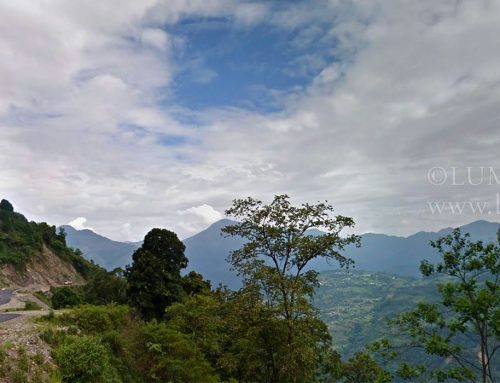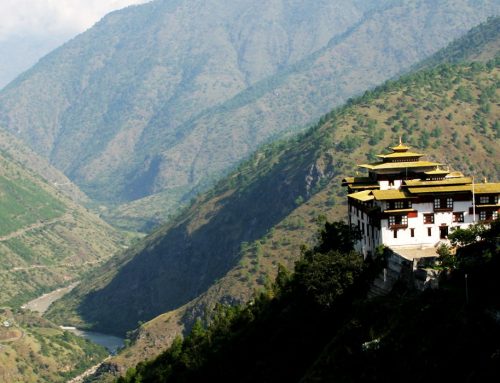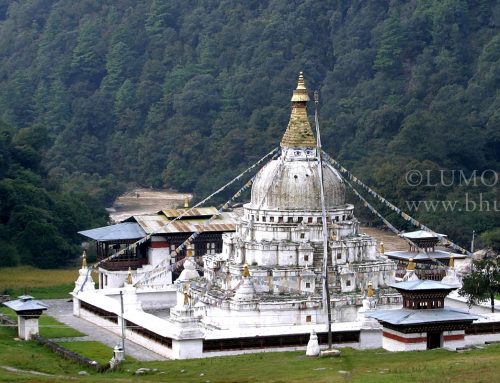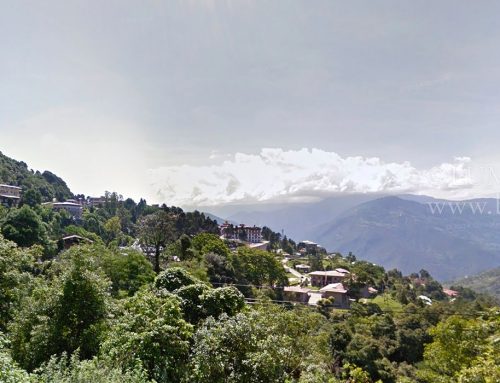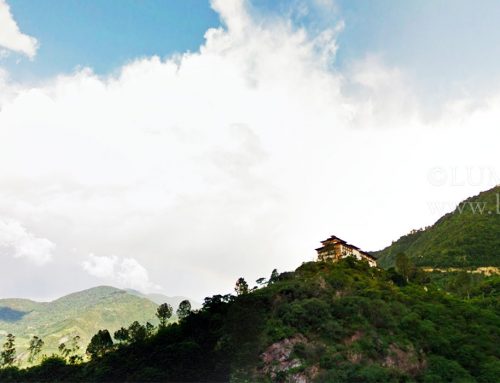Haa perhaps is the most mysterious and mythic of the twenty districts. It’s the ancestral home of the Royal Grandmother, Her Royal Highness Ashi Kesang Choeden Wangchuck.
This western most district adjoins the districts of Paro, Chhukha, and Samtse covering an area of 1,706.8 square kilometer. People of Haa grow wheat, potatoes, barley, and millet. They are a bunch of hardy highlanders with a set of unique customs and traditions.
They celebrate their new year – known as Lomba – much earlier than people in other parts of country. During the celebrations a unique dish called Habi Hoento is much cherished. The dish is basically a dumpling of buckwheat filled with pungent grated turnip, dried turnip greens, mushroom, garlic, onion, and cabbage.
The people of Haa practice shamanistic traditions alongside Buddhist practices. The most significant of the shamanistic traditions is the annual ceremony to honor the guardian deity of the valley – Ap Chhundu.
The Wangchu Lo Dzong, the former district center, was built in 1915 to replace the older Dumchog Dzong which was destroyed by fire. Another towering fortress, the Dobji Dzong, was built in 1531 by Ngawang Chogyal. It sits atop a ridge and can be seen from the road to Chhukha.
Places of Interest: Wangchu Lo Dzong, Dobji Dzong, Haa Town, Lhakhang Karpo, Lhakhang Nagpo, Tagchu Goemba, Shekhar Drak temple.



